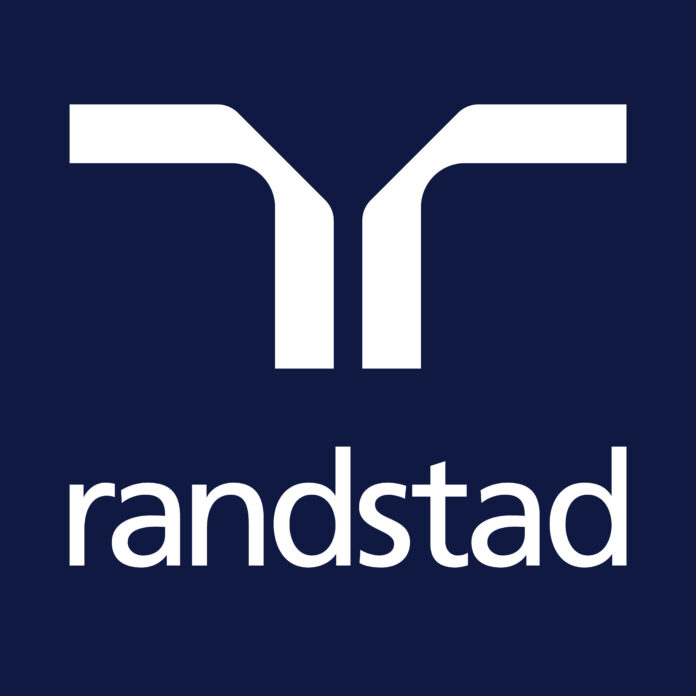This year is set to be another pivotal one for the rail industry. Currently embroiled in a period of change, with a new Government settling in and focusing on its nationalisation strategy, as well as the industry being part way through major projects such as HS2 and East West Rail, rail businesses can see plenty of challenges and opportunities ahead – many of which they are already currently facing.
In this Rail Industry Connected piece, we asked people from across the industry to share their views on the key themes for 2025, as well as the challenges and opportunities they believe the industry will face.
KEY THEMES
Key themes for 2025 are:
SKILLS CRISIS
This has been well documented for years, and as an ageing population continues to leave the industry, rail businesses are finding it more difficult to attract young new people to work in rail – especially with an uncertainty in workloads.
This issue was highlighted by everyone we spoke with, including many business owners who wish to remain anonymous.
RICA Chair Don Clarke and Aaron Group’s Danny Lane both highlighted economic uncertainty and inflation, as well as wage increases through employment law changes being a major factor in recruiting new staff.
According to NSAR’s Rail Workforce Survey, conducted in 2023, anticipates 12,000 people will be needed to work on the railways by 2028 as demand increases and experienced colleagues retire. Alongside this, more than a third of workers currently on the frontline are at retirement age by 2030. This means the industry has a lot of work to do to retain and recruit over the next few years.
But there are opportunities. 2025 will see more work commence under CP7, as well as major projects such as HS2 and East West Rail sure to provide more consistent levels of work and assurances for the supply chain. The race to Net Zero will also see an increase in electrification work and will see businesses training more staff to be competent and compliant in completing these works over the next few years.
NATIONALISATION
Nationalisation is focusing on maintenance and operational changes – with fleets under long term maintenance deals provided predominantly by new builders. There is currently no immediate plan for rolling stock being bought back into public ownership because it is not seem to be affordable to do so. However, there is an expectation that more TOCs will come under public ownership over the next couple of years.
The Secretary of State for Transport Heidi Alexander has written to the Office of Rail and Road this week detailing expectations for new open access applications.
In the letter, Heidi Alexander has said: “I recognise the benefits that can be provided by open access operators in the right circumstances and that both existing and new open access operators can open up new markets, drive innovation and offer choice to passengers.
“However, there is a balance to be struck to ensure the benefits provided by open access operators outweigh the impacts they have on taxpayers and the ability to operate the network efficiently. We need to be mindful of the impacts of open access such as the level of revenue they can abstract from contracted services and the associated implications for passengers and taxpayers.”
RSN’s Kevin Lane said: “One challenge for now is who is to be the ultimate paymaster and how does money flow into the supply chain. Well, for freight and open access this remains unchanged, however the cost of track access for open operation is reported to be under review and this can only mean more cost to those operators remaining in private control.”
SUPPLY CHAIN CONFIDENCE
Supply Chain confidence is already uncertain as changes continue and CP7 slowly starts to kick in. In the infrastructure side, Danny Lane from Aaron Group said challenges around the consistency of work for Tier 2 and Tier 3 supply chain businesses, but did say there are huge opportunities for these businesses to collaborate in 2025 to bring additional value for money offering to Network Rail and Tier 1 companies.
From a rolling stock perspective, RSN’s Kevin Lane said: “The wave of new trains ordered in the era when new trains would win a franchise bid, is now waning.
“Now looking to the future, the government previously conservative and now labour had published a wish list of a huge number of new trains. But this remains aspirational in many cases, and given nationalisation, will these plans get Government backing to buy them at a time when, despite taxation being at a record high, there seems to be no money?”
From a new train perspective, the list as of last year is as follows:
Scotrail
675 carriages planned supported by Holyrood’s decarbonisation strategy.
These are expected to be divided into three fleets: Suburban, inter-city and rural. Diesel power as the sole source of traction is expected to be limited with the suburban fleet being a mixture of Electric Multiple Units and Battery Electric Multiple Units. Planned for between 2027 and 2030 for suburban with final tranche delivered by 2035.
- TransPennine Express
Engaging with manufacturers on options for up to 29 five-car trainsets initially, with the plan focussing on leaner/greener trains, electrification aimed at replacing the existing diesel fleet.
Order placement is scheduled for July 2025, with deliveries in the window of 2028 to 2030. The current Siemens Built Class 185 DMUs may be re deployed or cascaded being fully or partially replaced by the new fleets. - Iarnród Éireann
Progressing two major fleet orders under the National Development Plan 2021 to 2030, part of Project Ireland 2040. 41 additional Class 22000 carriages from Mitsui and Hyundai Rotem. The first of the new railcars have entered service on the Commuter and Intercity network in February 2024, with the remaining new railcars due to enter service in the months to follow.
The Dart + Programme is to see 19no. car trains begin to enter passenger service from mid-2025 onwards swiftly followed by 18no. 5-car trains entering passenger service from 2026 onwards. The contract with Alstom allows for up to 750 carriages in total to be called off over a 10-year period. - Transport for London (Trams)
Replacing some of the longest serving trams in its fleet with procurement commencing last year, the delivery programme should reasonably be expected to see service introduction in 2028 / 2029. Plans include for 24 new trams and an option for a further 16 new trams. - Transport for London (Underground)
Expecting a total of 94 new trains for the Piccadilly Line to arrive from 2025 built by Siemens Mobility. The plan is expected to increase the passenger carrying capacity of the line by 23% at peak times. Focus then changes to the Bakerloo Line for which TFL hopes will be the next to benefit from new trains.
DLR is also seeing their new trains delivered with the full fleet expected to be in operation early in 2026. - Northern Railway
Progressing enquiries for 450 new trains under a commercial framework arrangement, allowing the new trains to be called off progressively in several batches to replace its aging fleet. The framework will also allow for technical and spares support. The tender notice suggests that for each phase that the trains will be procured by an owning party and then lease them back from the owner. In common with many new train orders the trains are expected to be multi-mode or to be able to later change to electric or battery electric. - CrossCountry
Supplementing their Voyager Fleet and planning a wide-ranging fleet refurbishment of the balance of their fleet. - Southeastern
Published details as long ago as Nov 22 for between 350 and 570 carriages, with an option for up to 70 additional carriages. The ambitious dates for delivery suggests the full fleet should be in service Oct 2027.
- LNER
Expecting a fleet of new trains, that have battery power, electricity and diesel traction as tri mode units to be introduced to the East Coast Main Line. The units which are 10 carriages rakes will be built by CAF.
From an infrastructure point of view, lack of work is contributing to the skills gap challenge we discussed earlier.
As Don Clarke of RICA said: “The skills gap is causing people to retire earlier than they may have or leaving the industry to use their skills in other sectors. The lack of work means there is a lack of investment in apprenticeships and training as a whole, so there are less skilled people available to train and mentor when work picks back up. This could cause more incidents and accidents.”
In 2025, joining associations like RICA will help the rail industry to form a common voice and support further collaboration to help build supply chain confidence.
Many companies are now looking at opportunities beyond the UK to sustain work, including Ireland, Canada, the Middle East, India and Australia, where markets are much more buoyant. While HS2 provides opportunities, due to the pace it is moving, it will need large numbers of resources in time, so recruitment and training at this point is now essential if these works are to be delivered.
NET ZERO
Net Zero, the environmental challenge and the fact that electrification of the network is predominantly on main lines and cities brings all kinds of challenges.
While additional electrification opportunities have been identified, the costs to train up a new workforce to deliver the scale of projects required, alongside placing electrified lines in areas where ridership and revenue is low, may cause certain challenges.
RSN’s Kevin Lane said: “The Government’s housebuilding approach in Greenbelt land, where public transport is already minimal, will eventually add further costs, including increasing electricity distribution to new areas.”
Green energy can be quite costly to implement and takes time to put in place.
Meeting Net Zero targets, as we position ourselves only five years away from 2030, is also a significant challenge for all businesses. Partnering with businesses focused on supporting the drive to net zero will be essential in the coming months.
SUMMARY
While there are challenges in 2025, the future remains bright. New train orders will come. Maintenance must continue, and net zero requirements, couple with passenger expectation, plus a growing population, will all mean that money has to be spent.
The question is the timescale in which this will unfold and businesses’ willingness to adapt to both foreign markets and other sectors to maintain work in the meantime. Only visibility of government action and subsequent success can now assure that.



